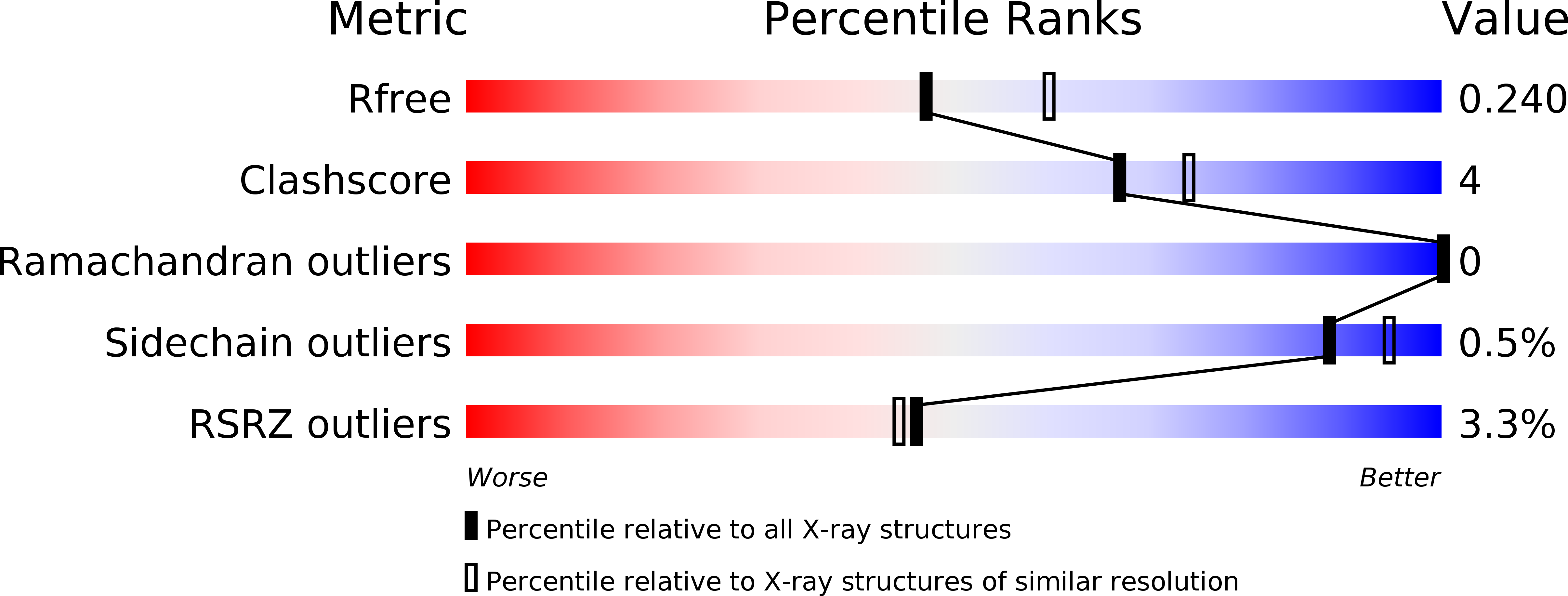
Deposition Date
2015-09-09
Release Date
2015-09-23
Last Version Date
2024-03-06
Entry Detail
PDB ID:
5DN7
Keywords:
Title:
Crescerin uses a TOG domain array to regulate microtubules in the primary cilium
Biological Source:
Source Organism:
Mus musculus (Taxon ID: 10090)
Host Organism:
Method Details:
Experimental Method:
Resolution:
2.20 Å
R-Value Free:
0.23
R-Value Work:
0.18
R-Value Observed:
0.18
Space Group:
P 21 21 2


